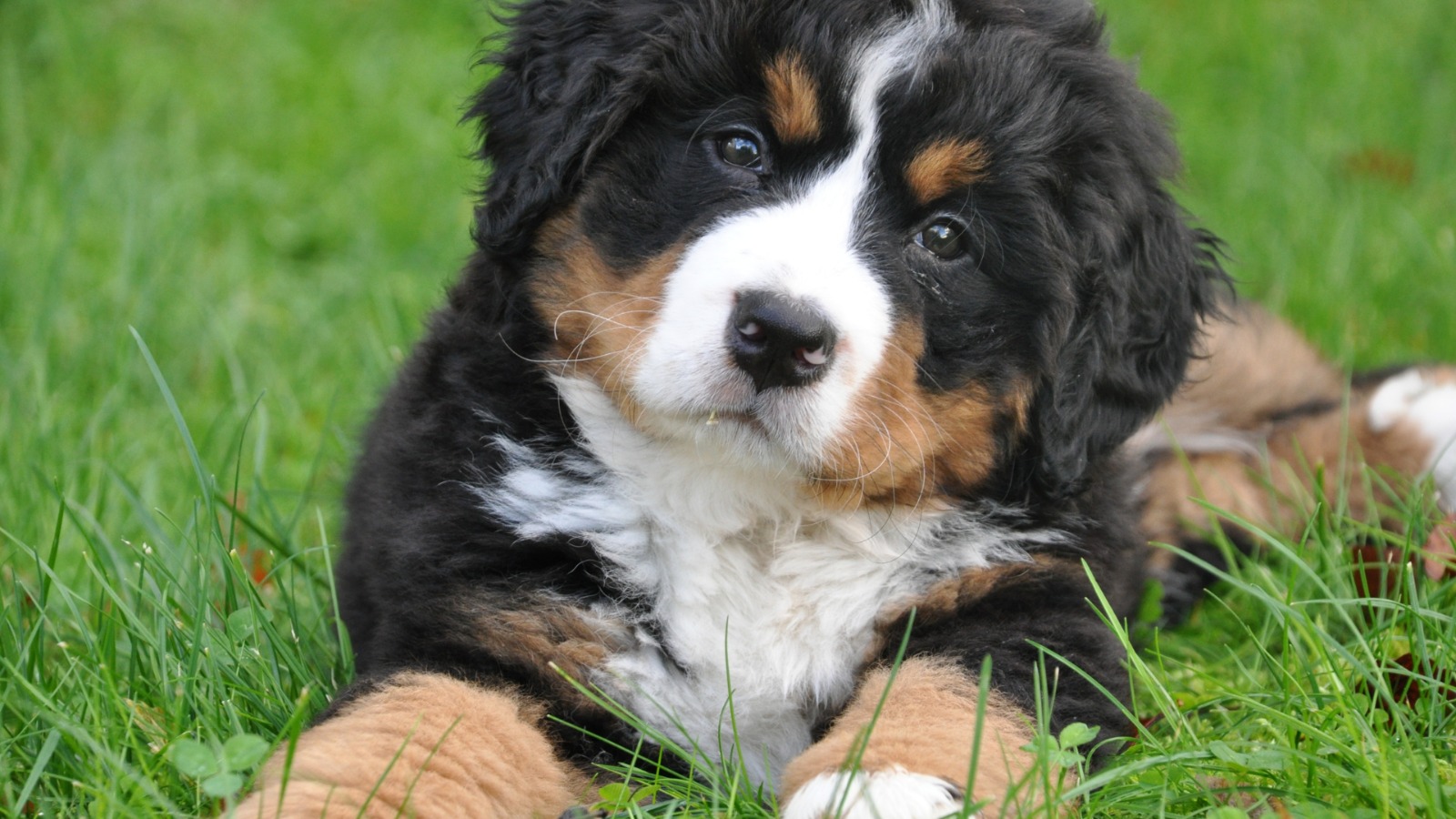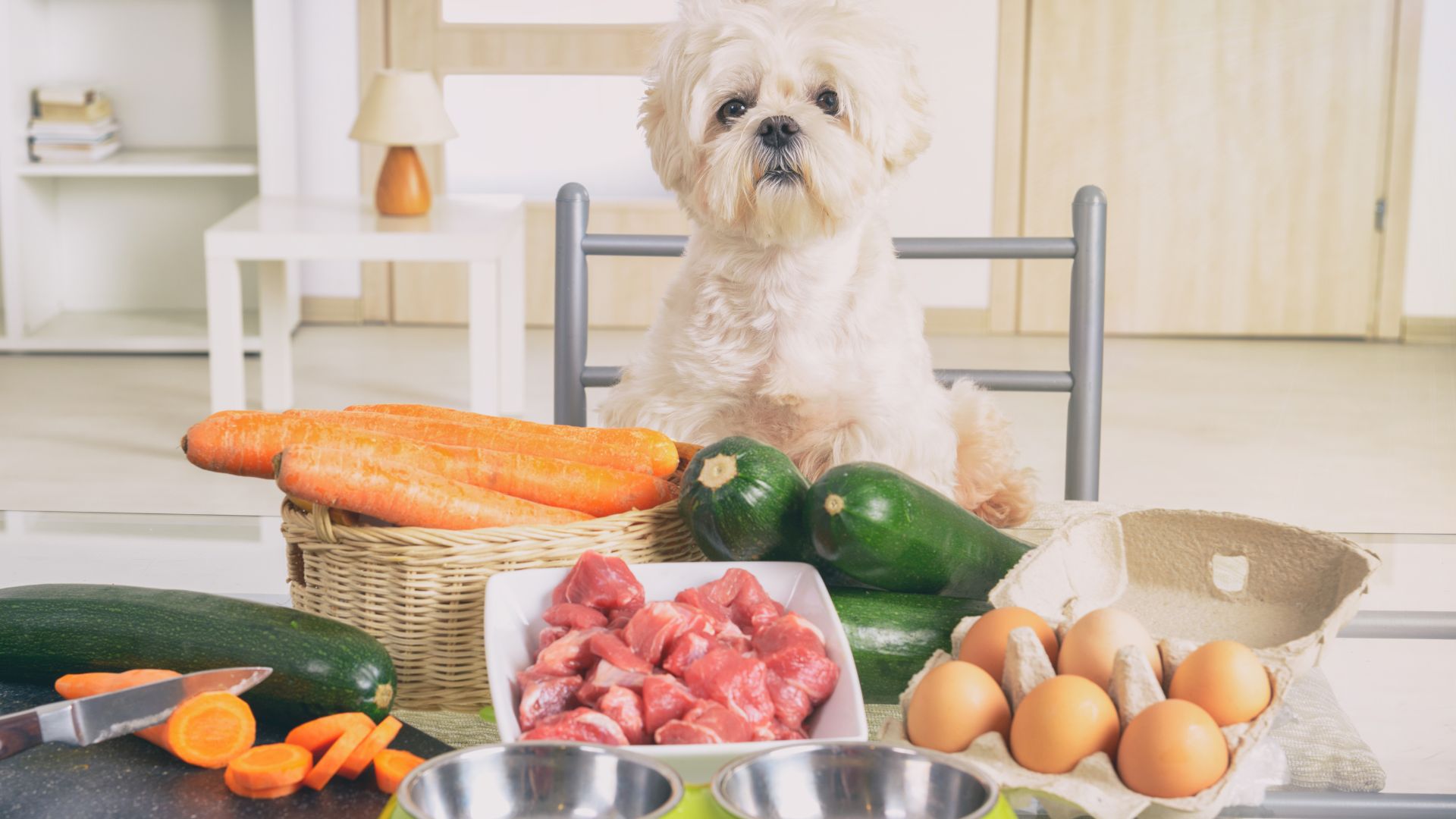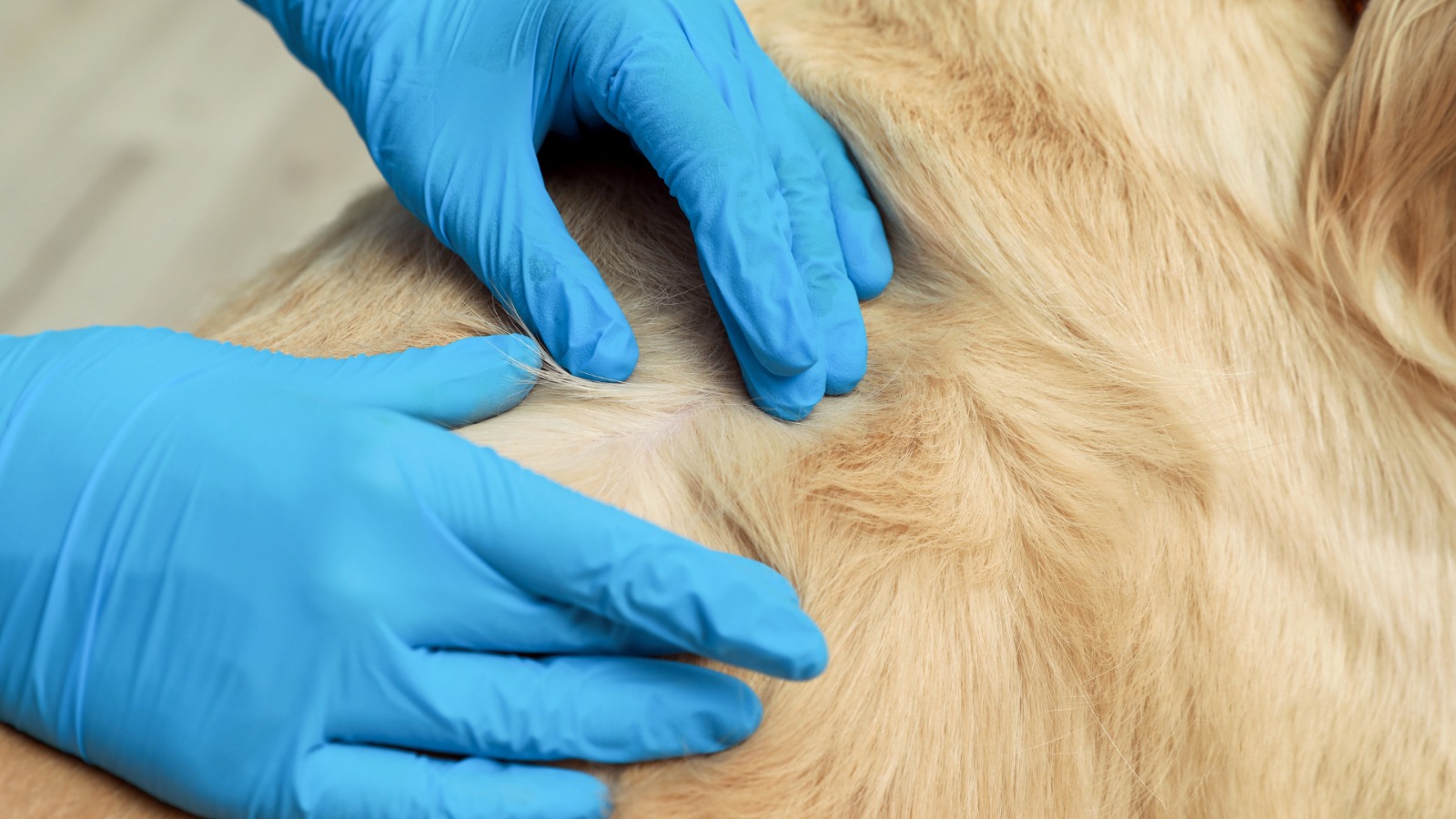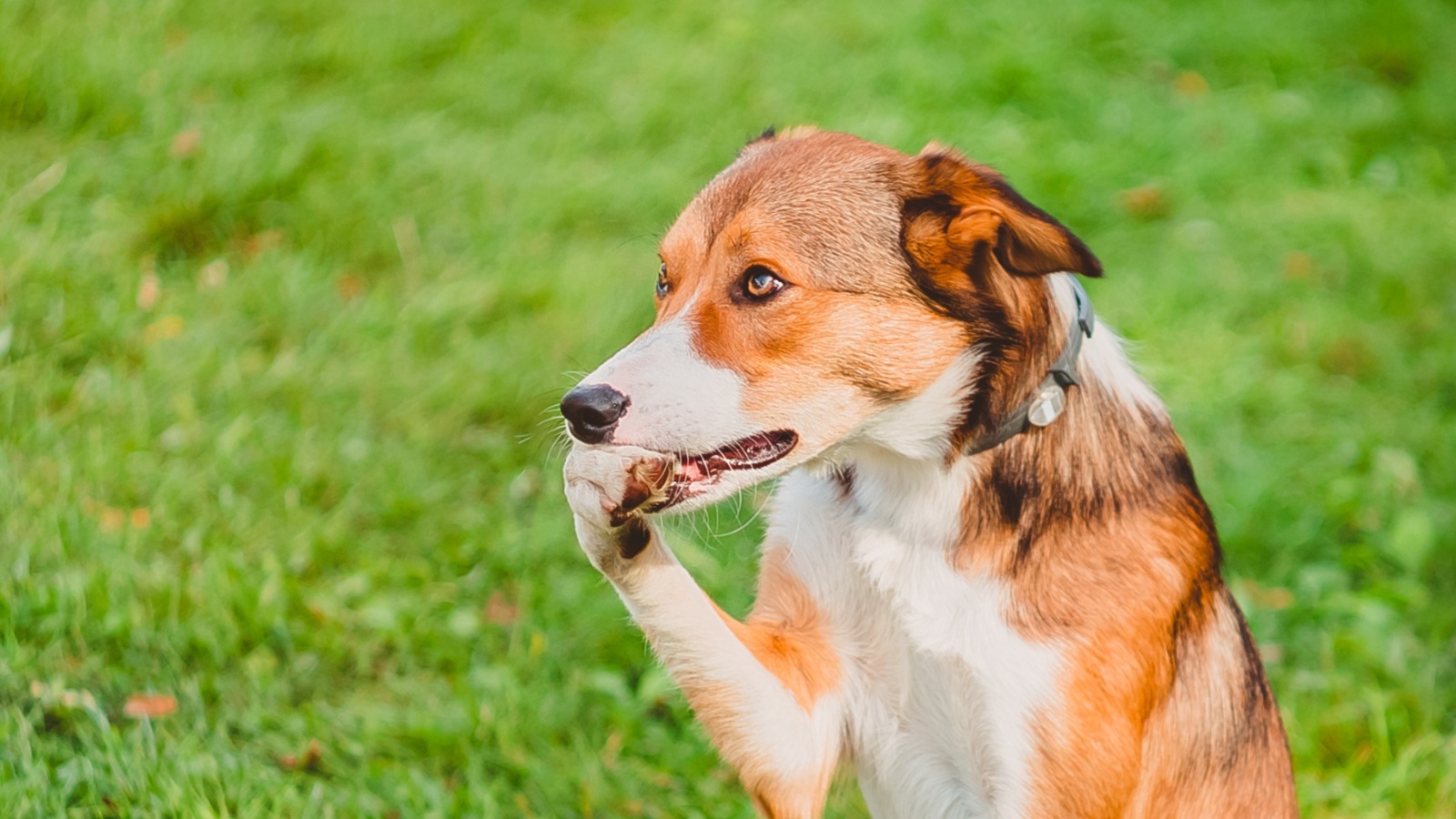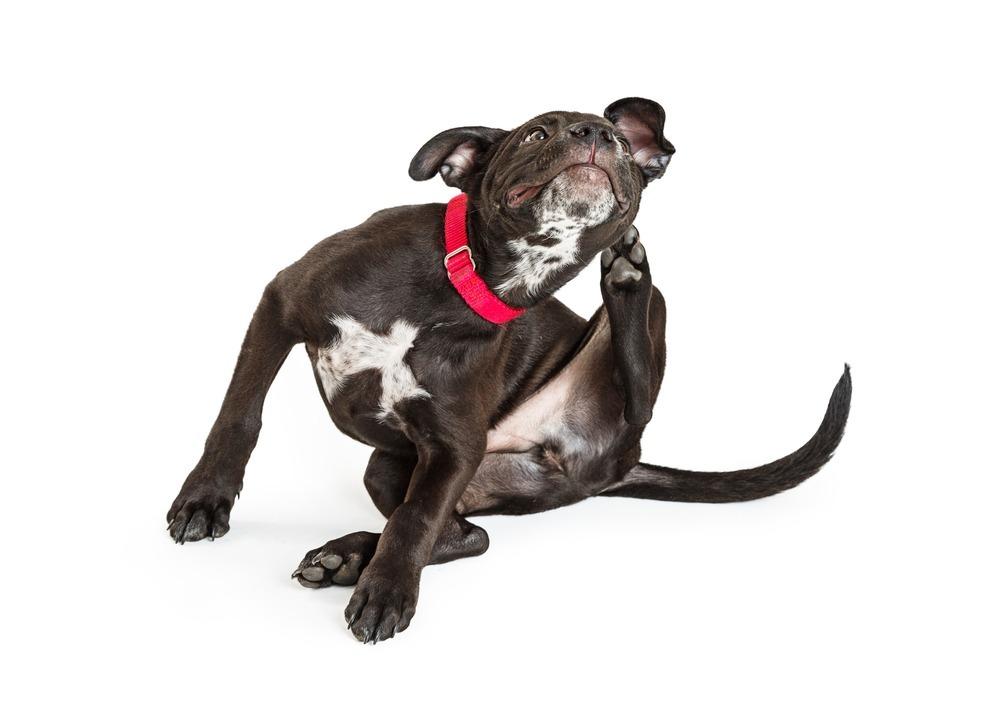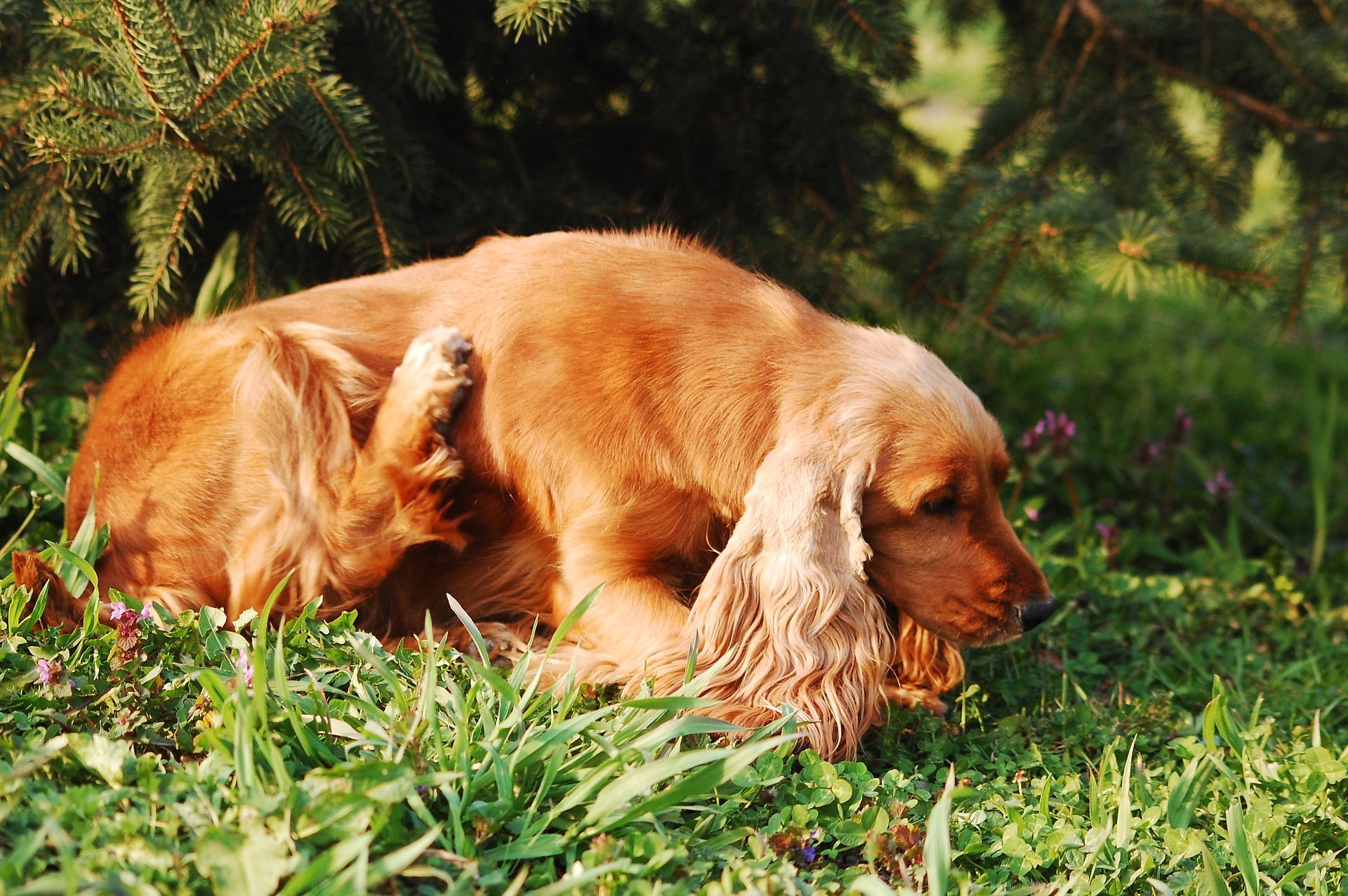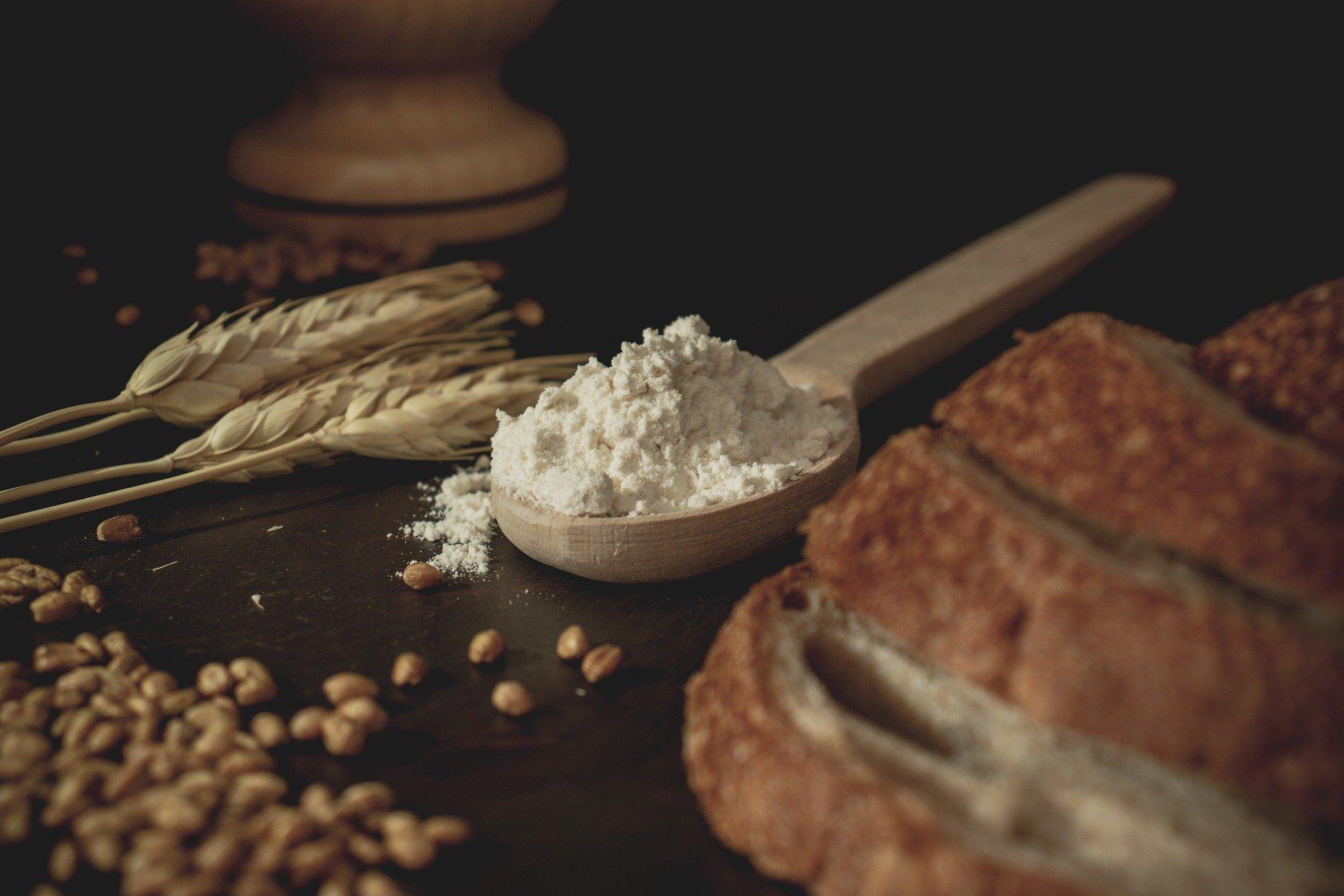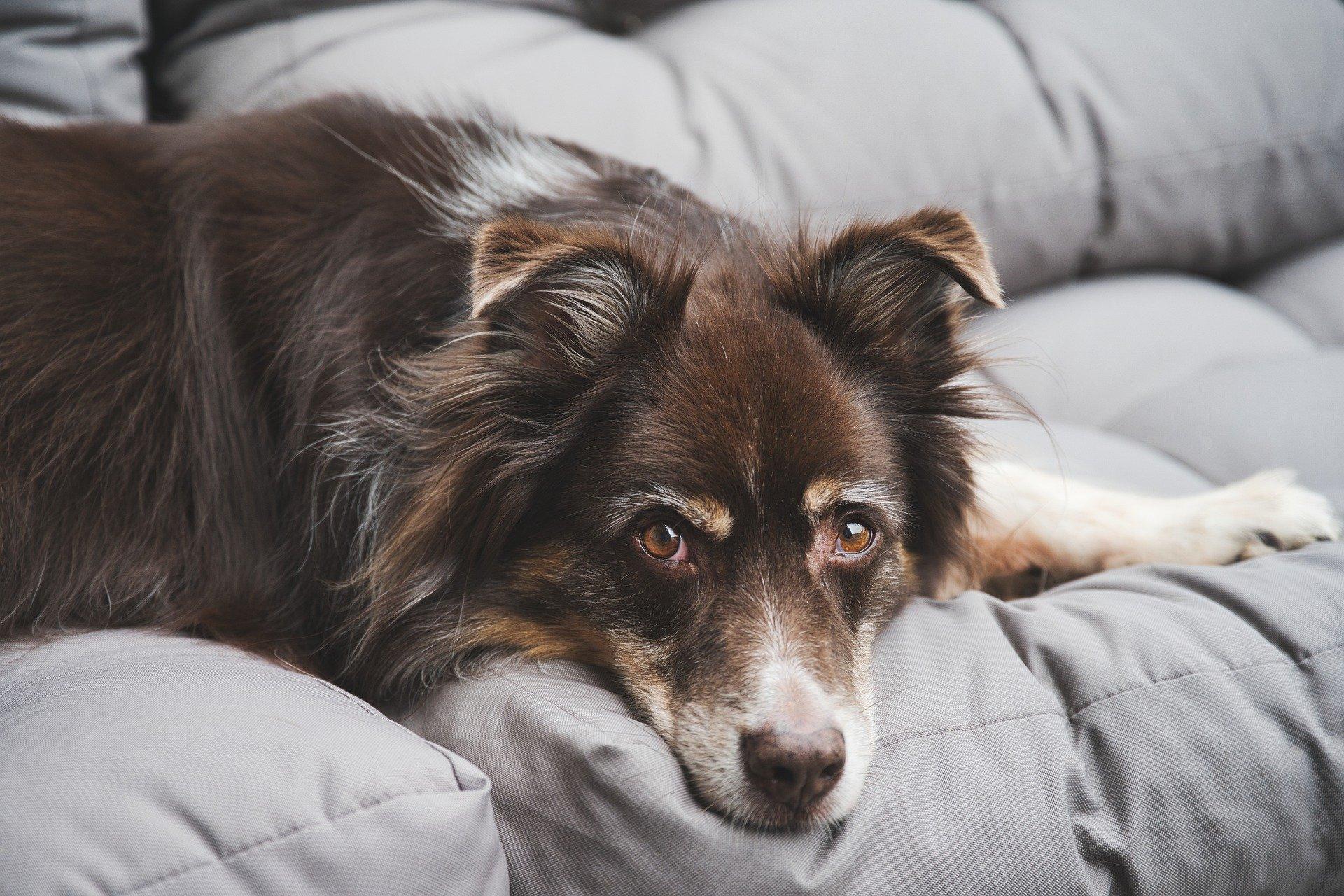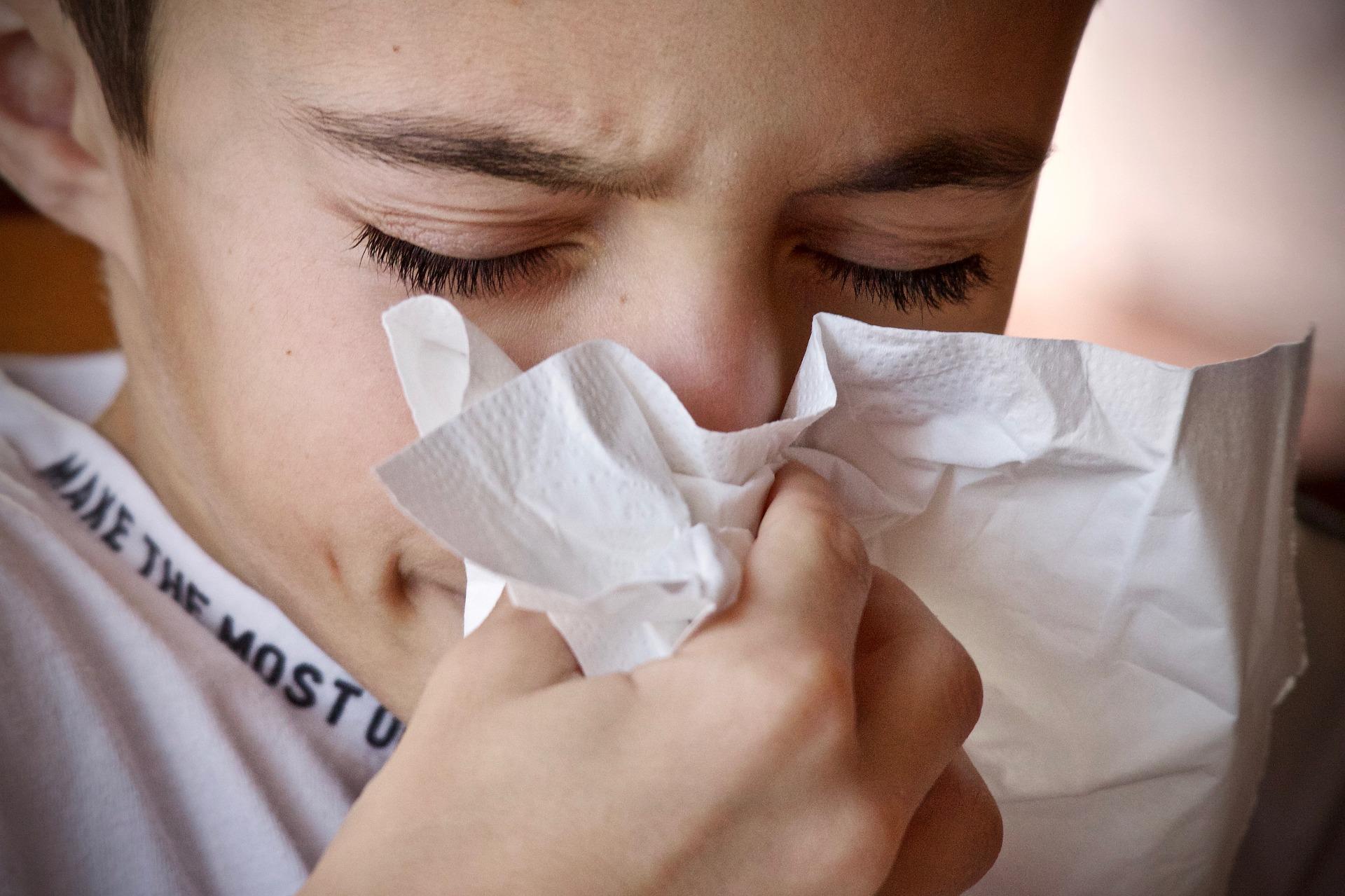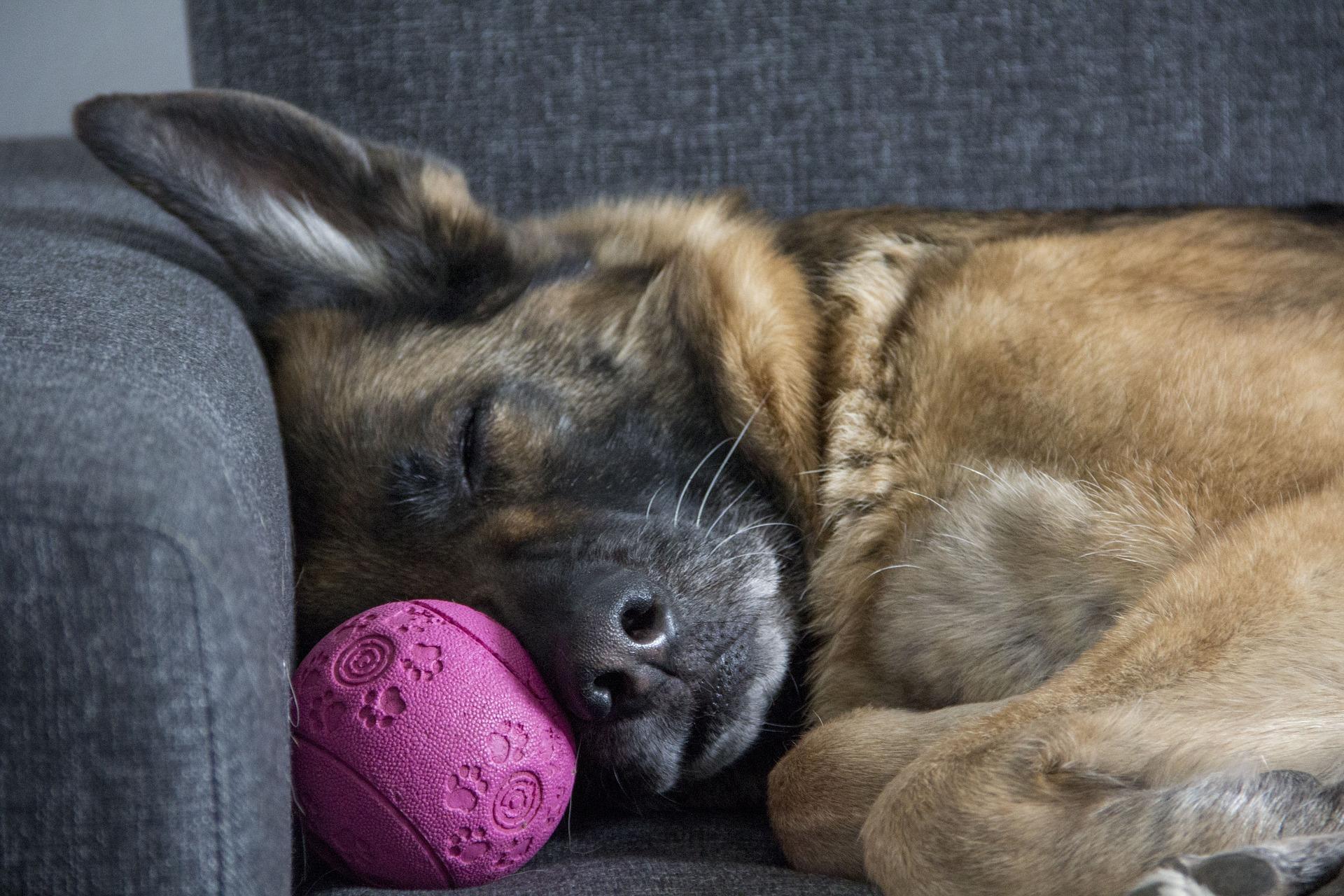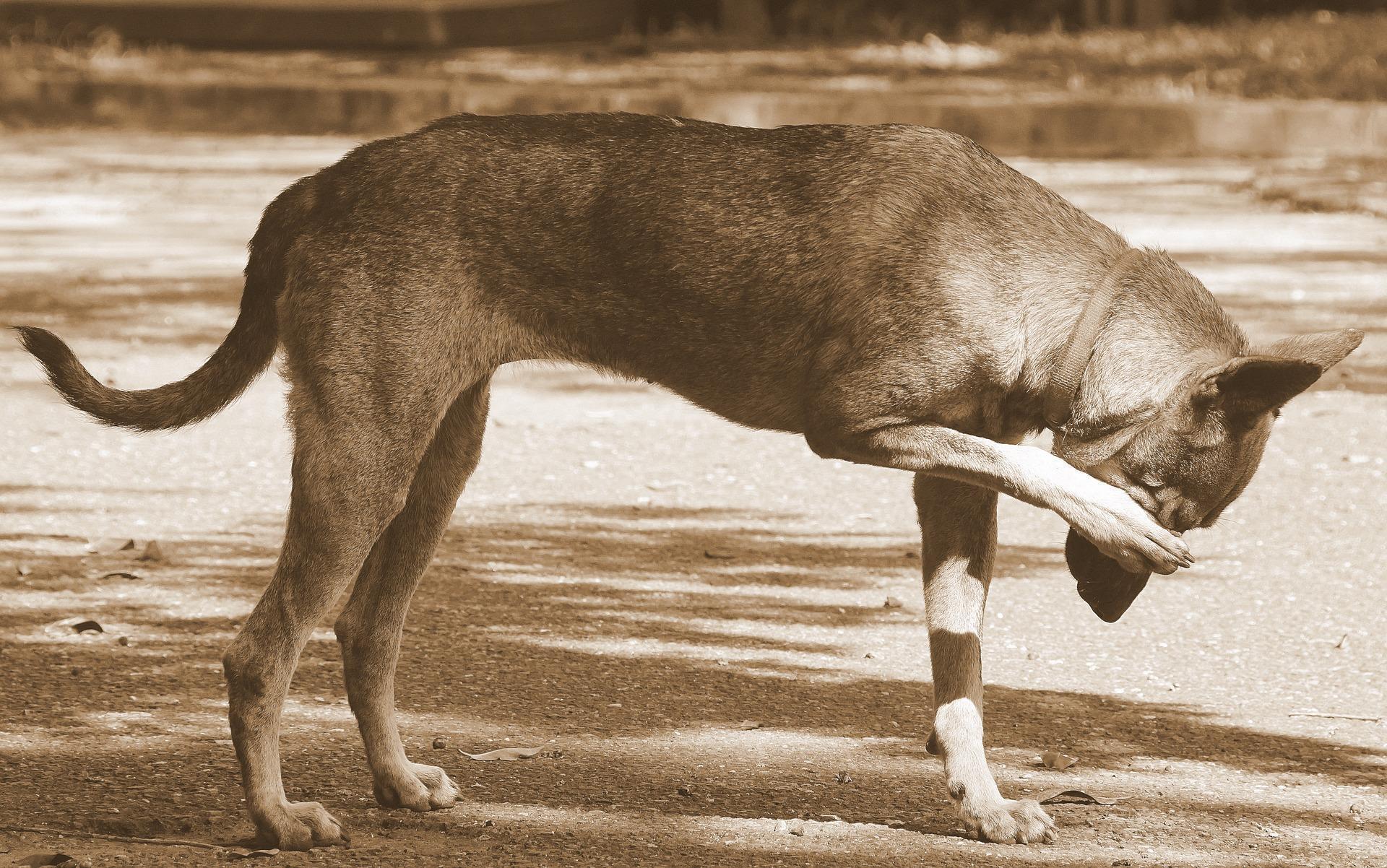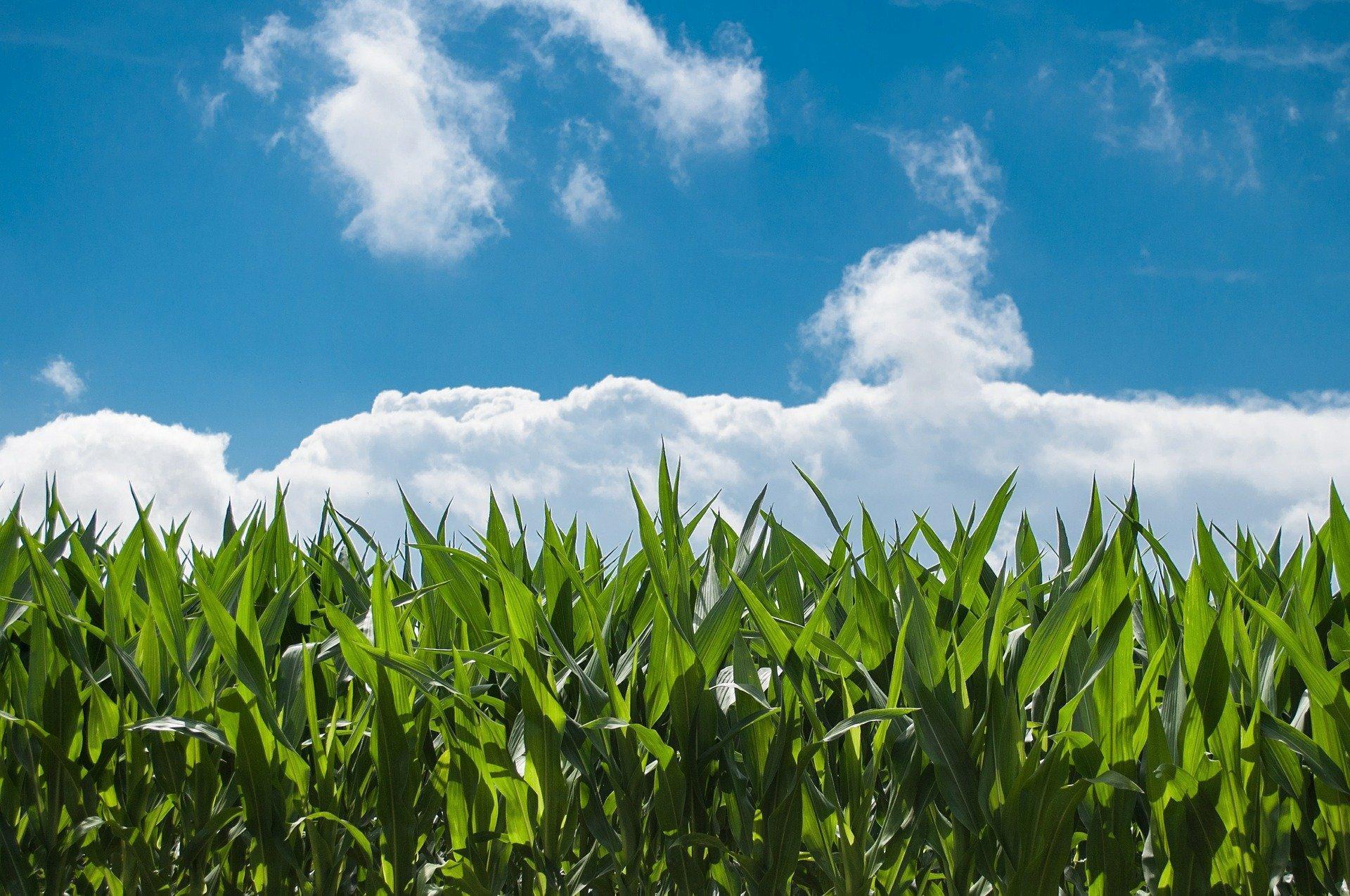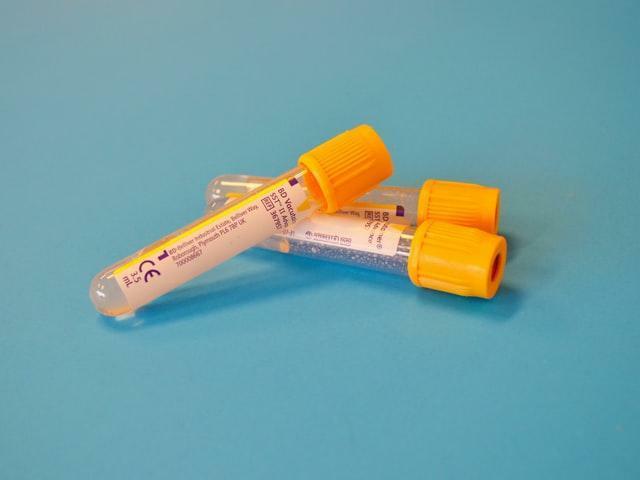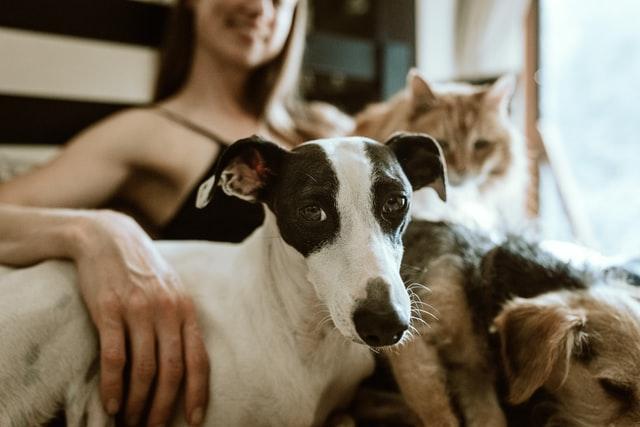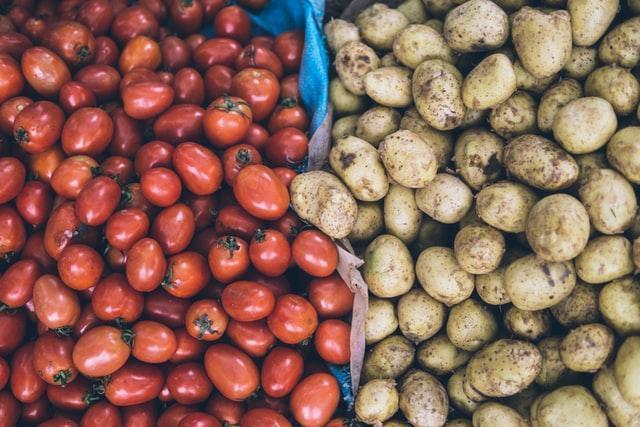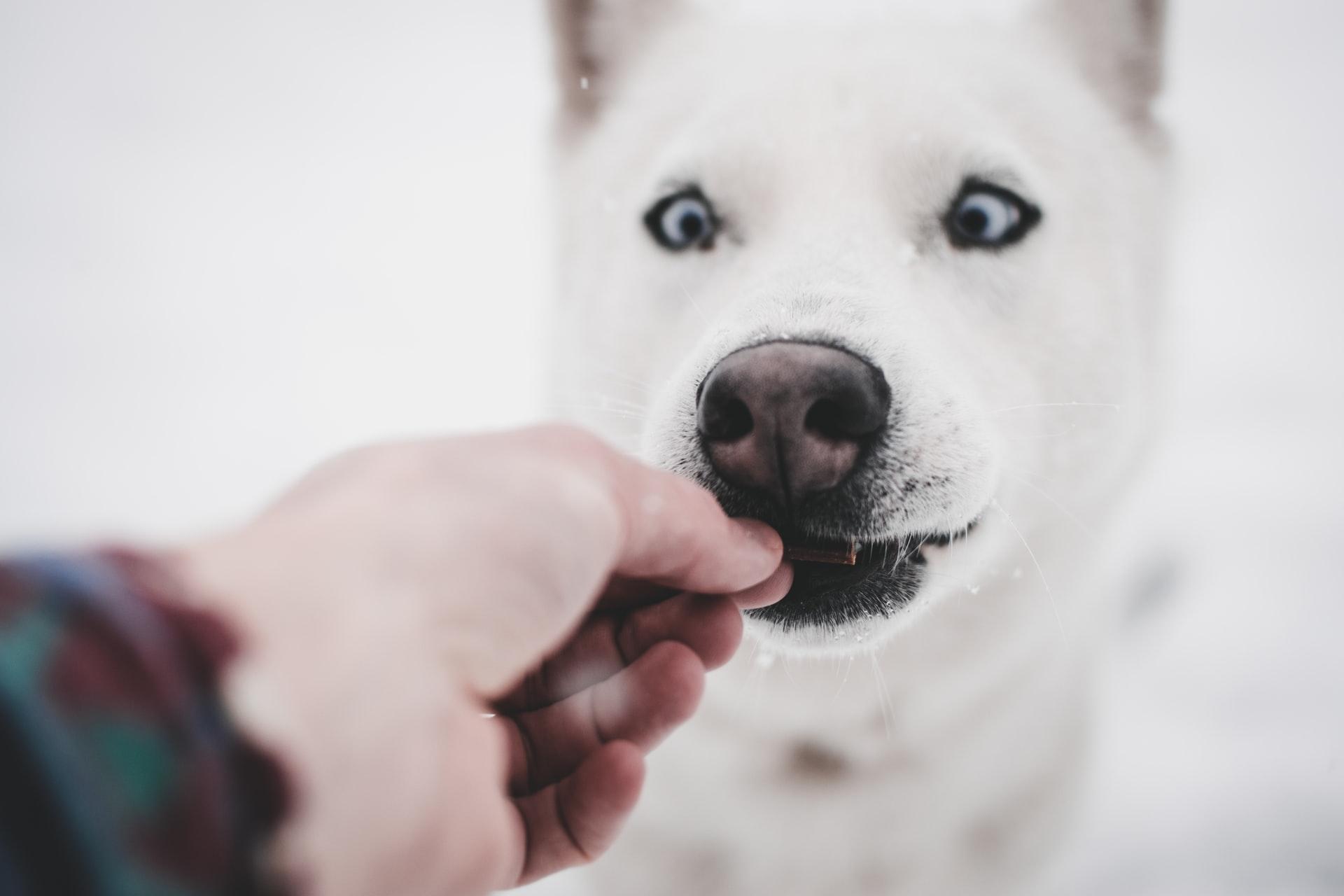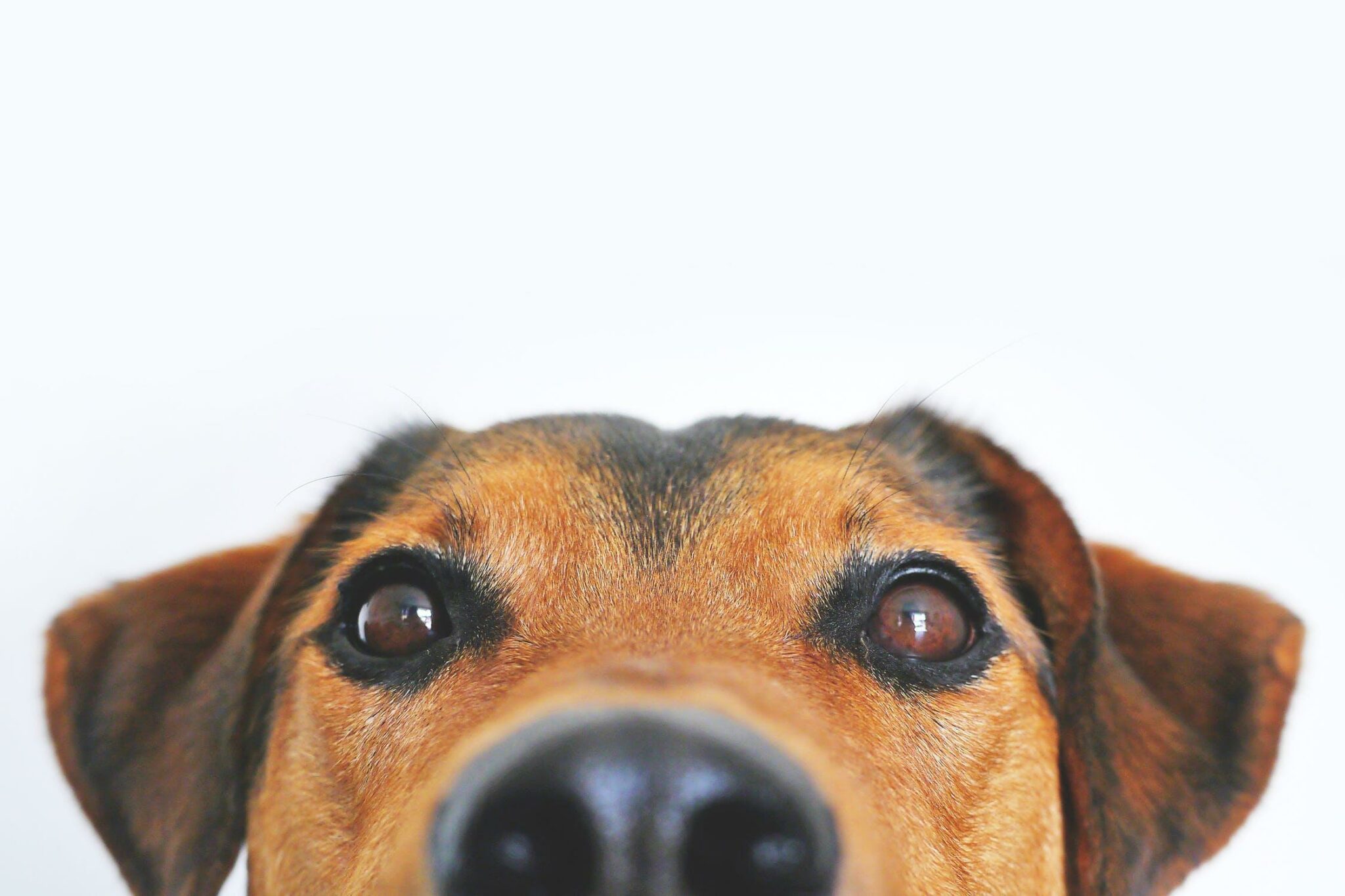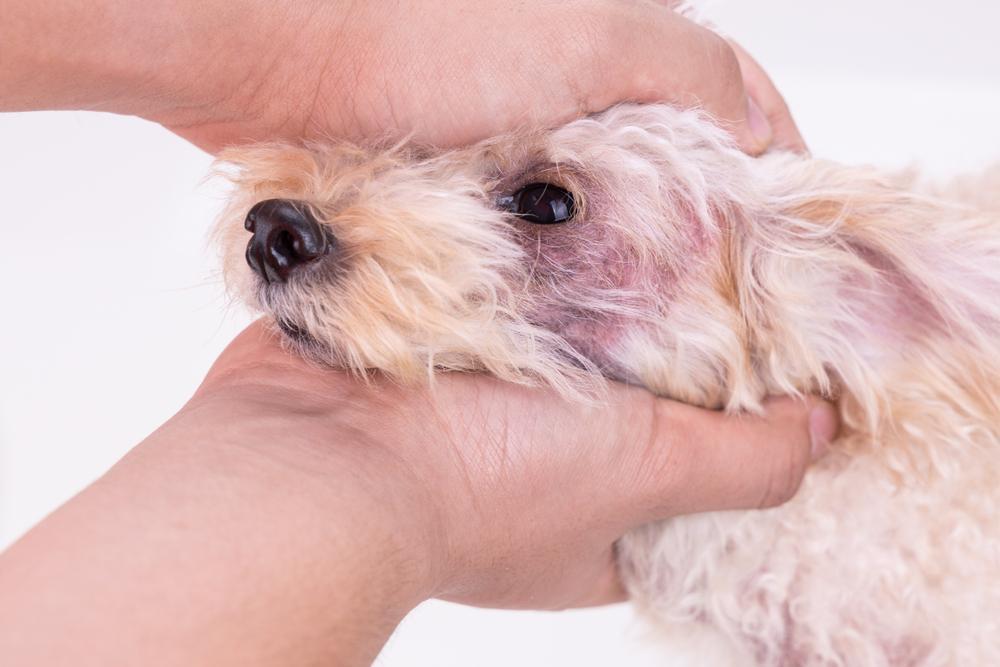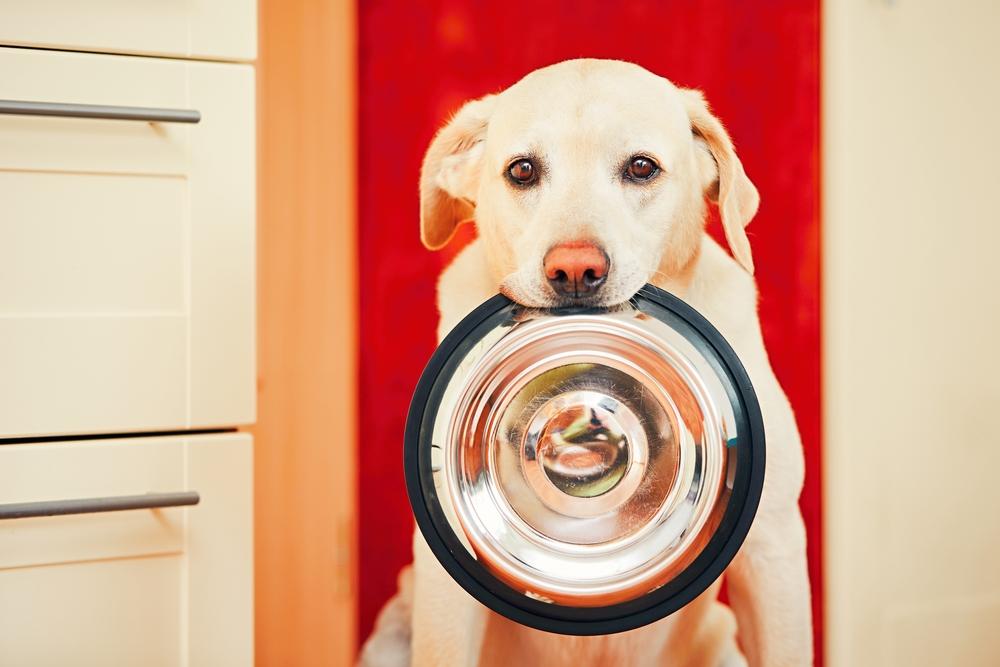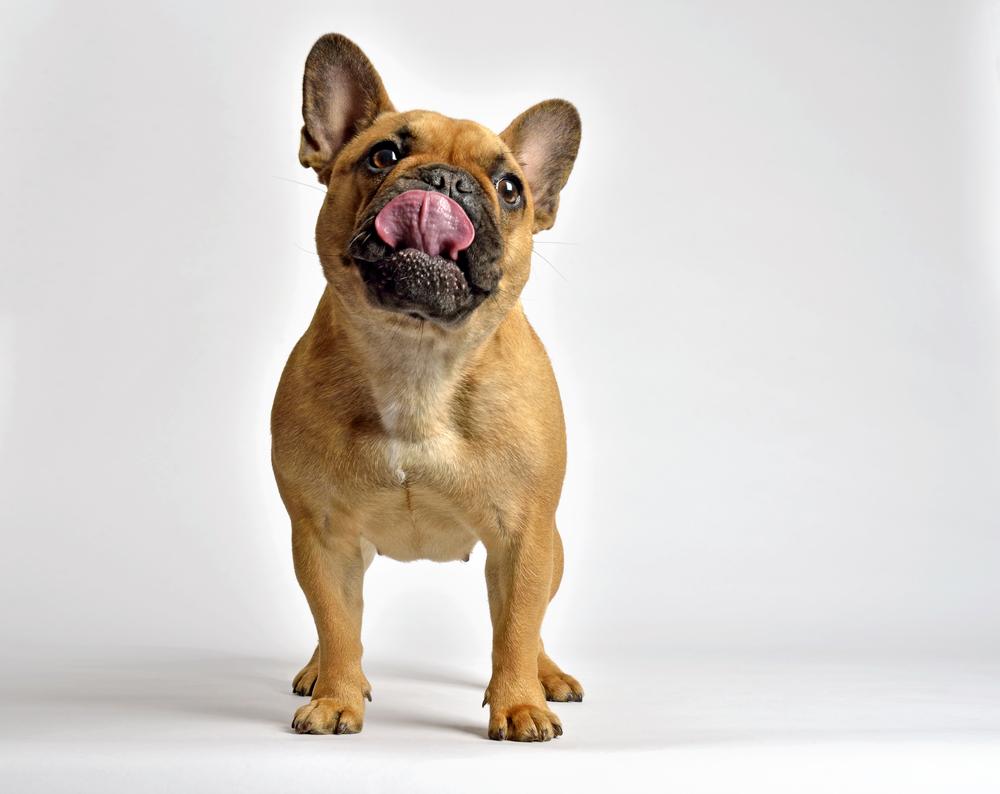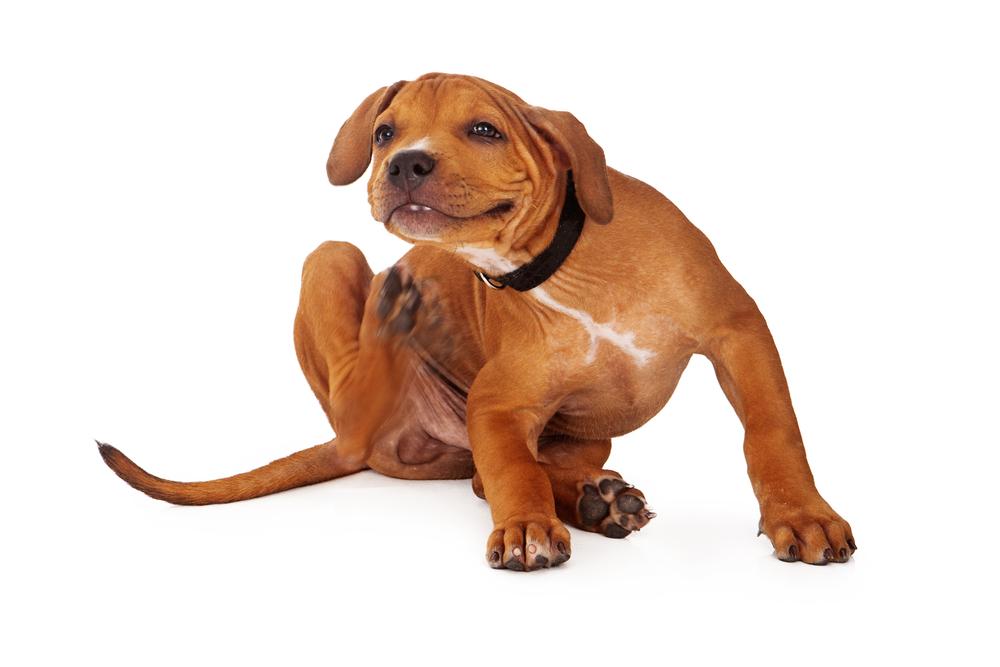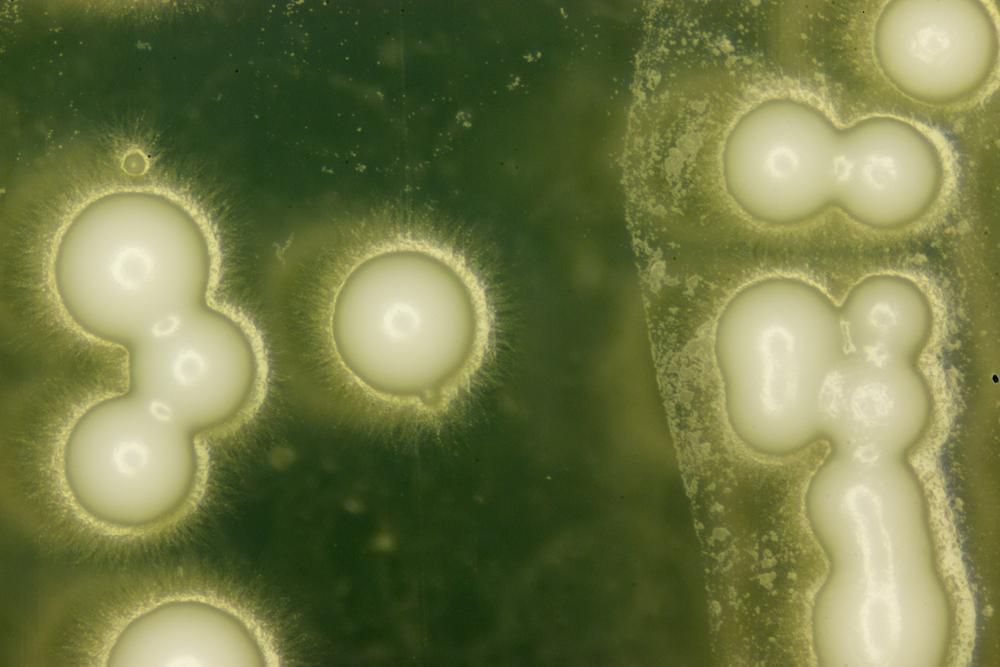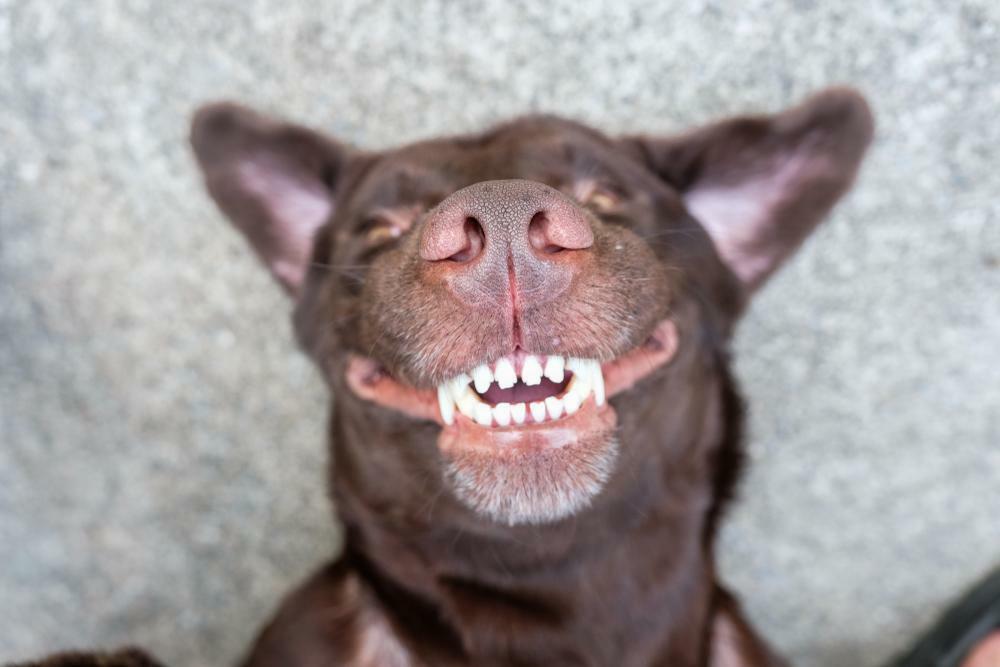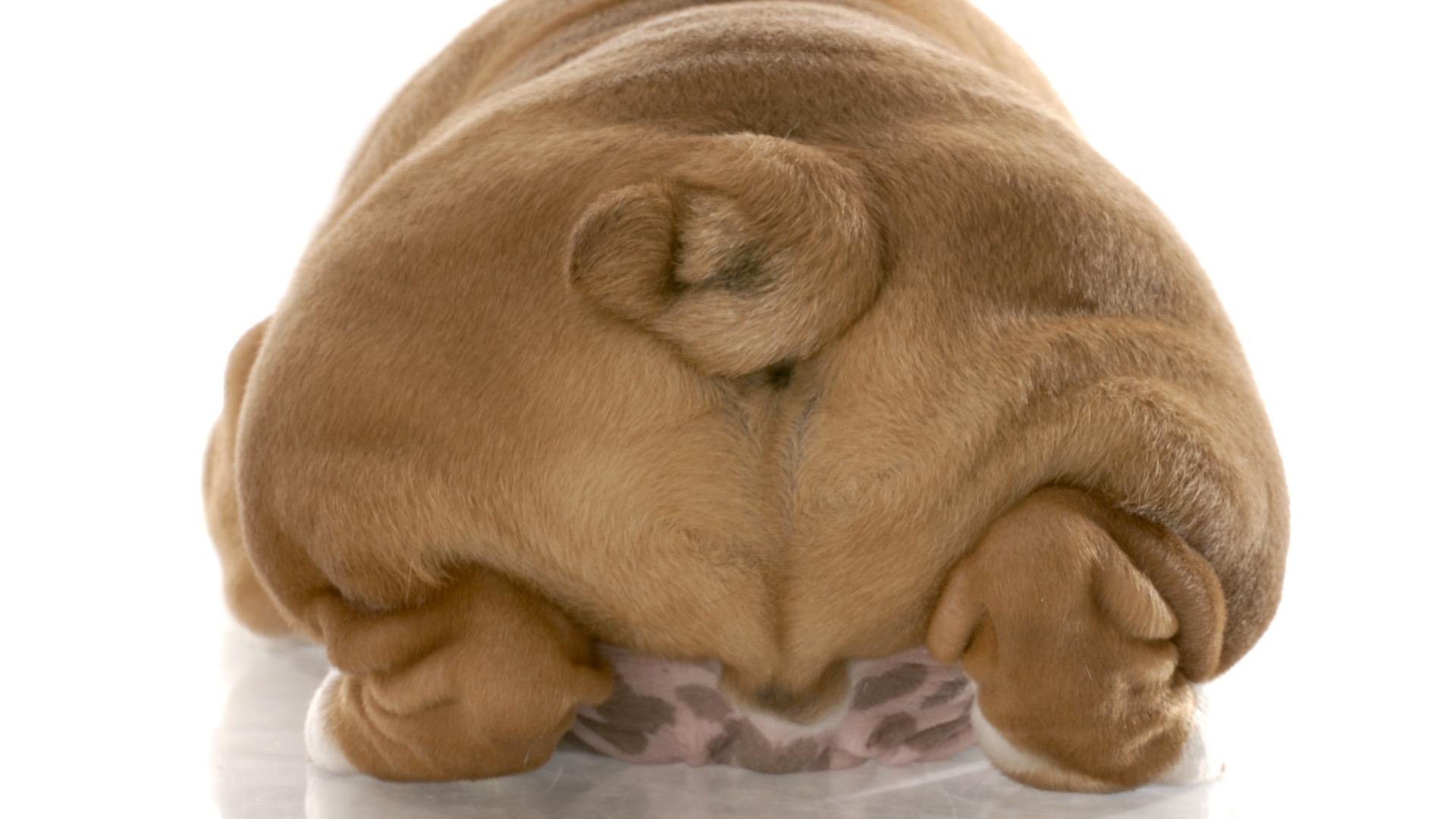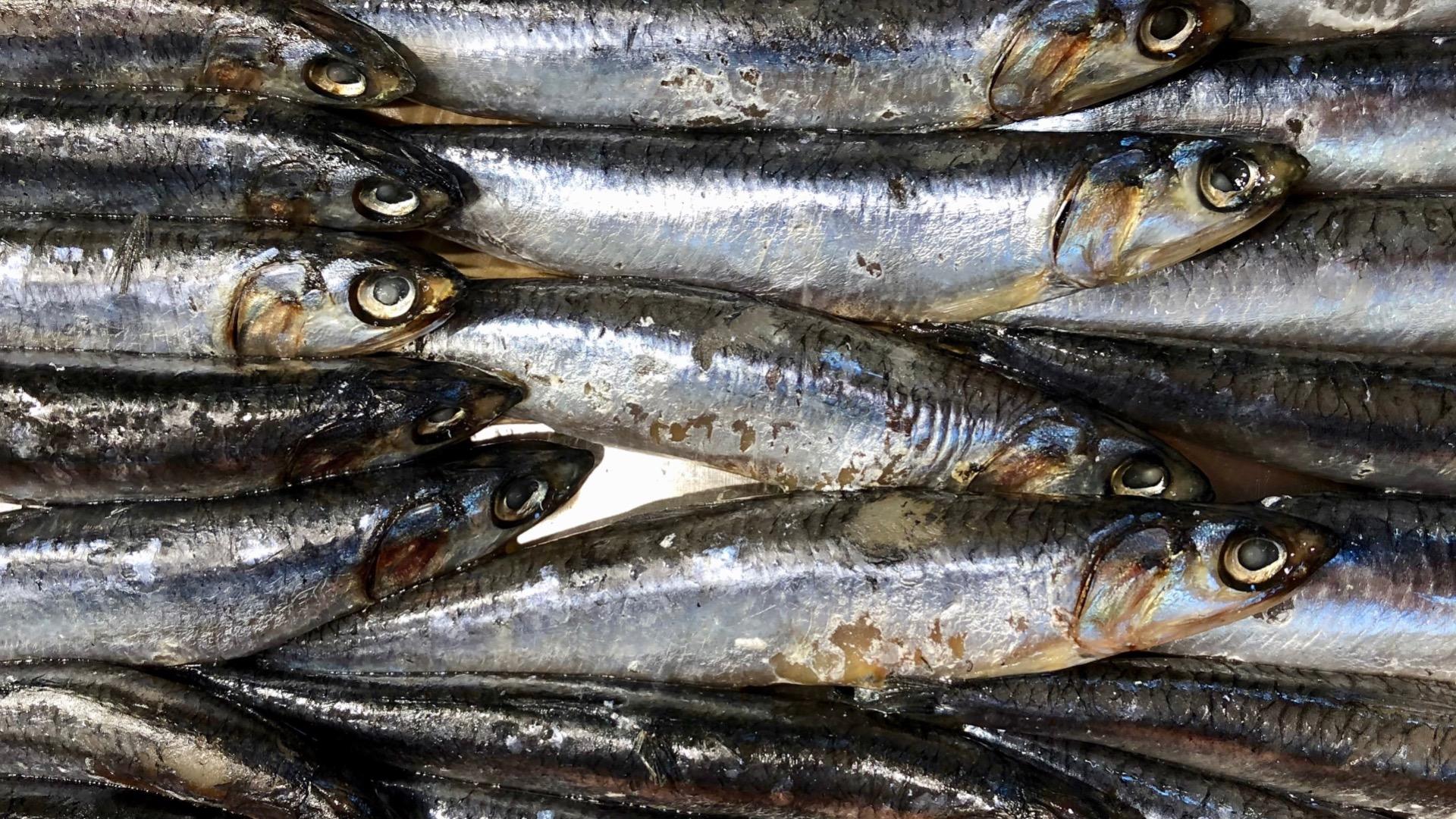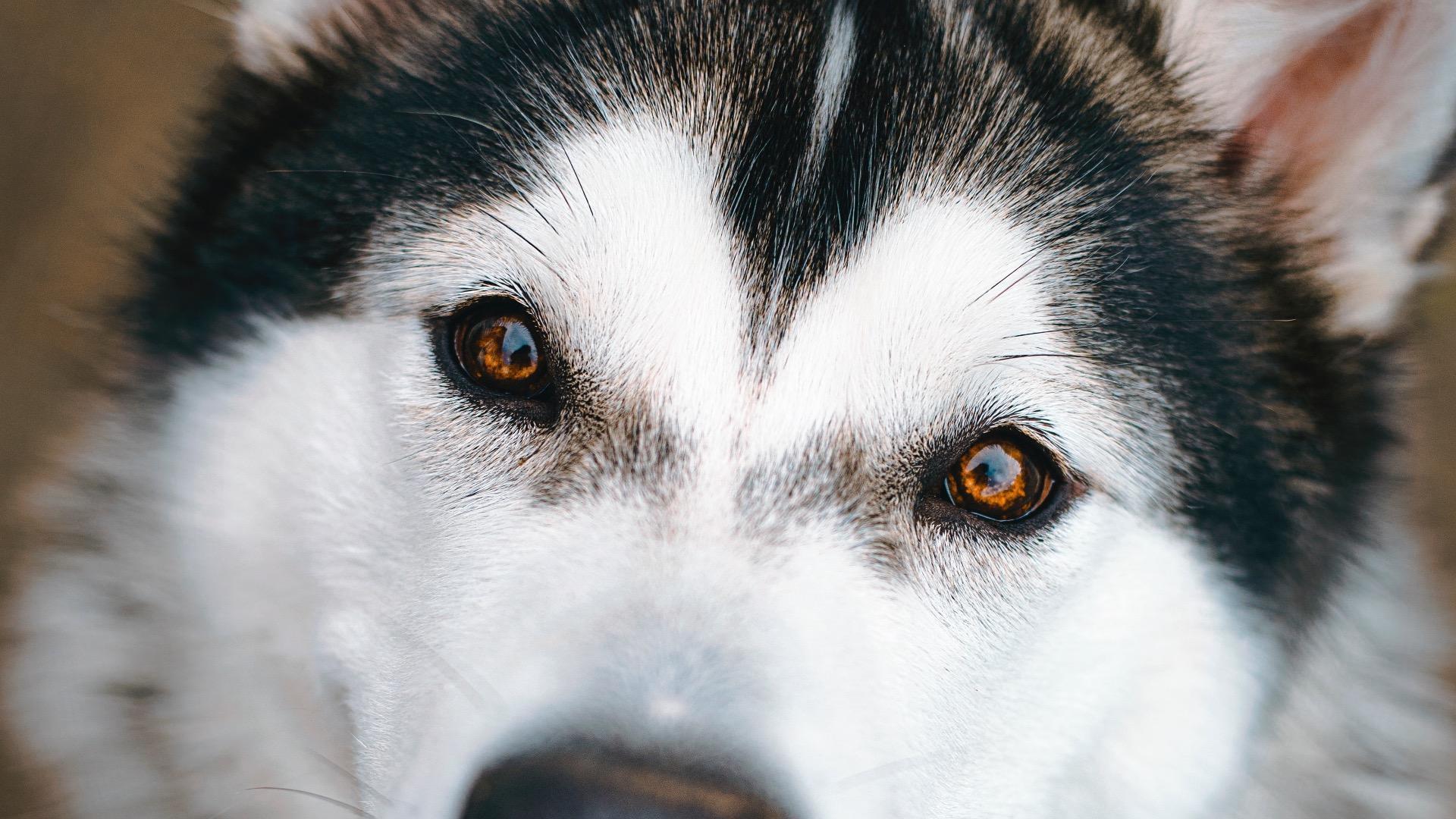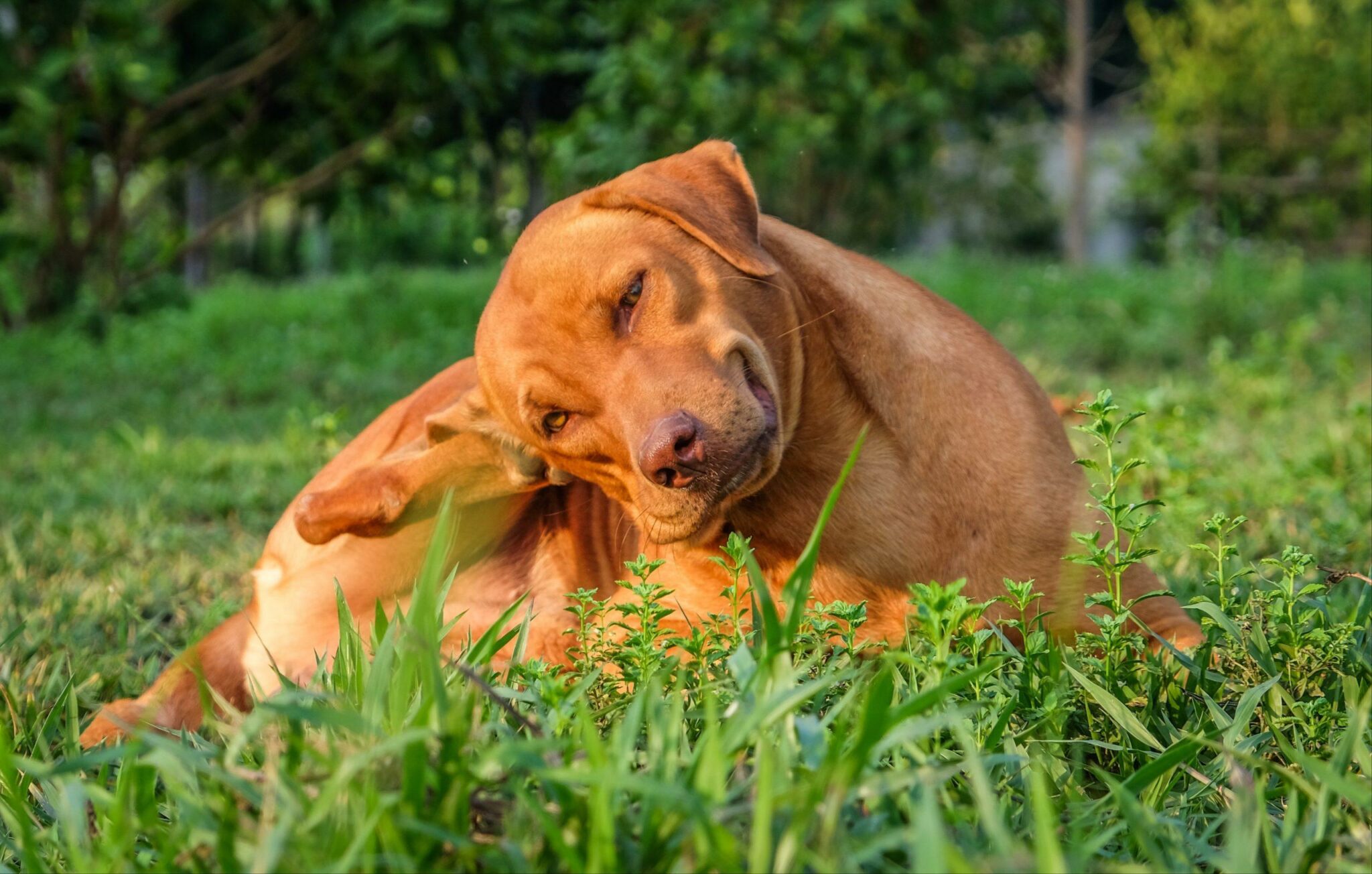Let’s get talking about gastrointestinal health. There’s a lot involved in keeping your pet healthy and the main area to focus on is the digestive system. We haven’t talked about pooh for once, which is a relief. I’m sure you will agree….
Intestinal issues and disorders are among the most common reasons for trips to the vet whether it be diarrhoea, constipation, IBS and IBD’s and so forth. So, having a healthy gut is more than firming up dog poop and preventing those night time rumbles. It is central to health and one of the eight key factors to functional medicine.
It is connected to everything that happens in the body and that’s why we always look to the gut when we start helping pets with chronic health problems. Poor gut health can be linked to allergies, arthritis, autoimmune disease, itching and rashes, fatigue, anxiety, cancer, and so much more. In short, if the gut isn’t functioning at full capacity then neither is your pet’s health.
What the Gut does for you and your Pet
Intestinal health could be defined as the optimal digestion,absorption, and assimilation of food. It helps to regulate and promote functions throughout the entire body as it absorbs nutrients that support all bodily functions from energy production, hormone signalling, skin health, mental health, immune signalling and toxin and waste elimination. Before we leap into the
7 steps for optimal digestive health, I want to cover the
5 elements to the function within the gut (ecosystem, immunity, gut-brain connection, detoxification and assimilation and absorption).
Ecosystem; there are bugs in the gut that form a
diverse ecosystem of friendly bacteria that must be in balance for your pet to achieve optimum health. The term now coined for your gut ecosystem is the
microbiome. It refers to the collection of genomes from all the microorganisms in the gut environment. This includes bacteria, virus and fungus. Here we will focus on the good bacteria; prebiotics, probiotics and postbiotics.
Prebiotics are types of dietary fibre that feed the friendly bacteria in your gut that are often found in certain fruit and vegetables (such as asparagus and bananas), chicory, dandelion greens, flaxseeds, konjac and some fermented foods. To obtain therapeutic effect, prebiotics found in these foods are often extracted and given as supplements (these being Inulin, FOS, GOS, Arabinogalactans and so on). These beautiful prebiotics help the gut bacteria produce nutrients for your pet’s colon cells such as short chain fatty acids such as like butyrate, acetate and propionate. These fatty acids can also be absorbed into the bloodstream and improve metabolic health such as diabetes and hyperlipidemia. Be warned they can cause gas and should be ventured carefully.
Then we have good bacteria often referred to as
probiotics (probiotic strains). They are live, good, friendly bacteria that help to promote balance in the intestines. They work by increasing (stabilising) the number of good bacteria in the gut, providing a network of communicating bacteria that help support and induce certain functions in the gut. Dietary nutrients may be converted into metabolites by intestinal microbes (probiotics) that serve as biologically active molecules affecting regulatory functions in your pet. They can help to protect the gut mucosa, preventing gut inflammation, leaky gut and other intestinal or systemic disease states. Good bacteria can also attach to the cells and release substances that help prevent bad bacteria from accumulating. In fact, their function is wide and still a lot unknown.
If too many of the wrong bacteria, parasites and yeasts can proliferate by a poor digestive ecosystem, this is where issues begin creep in in terms of symptoms (gas, bloating, diarrhoea, itching), yeast infections, food intolerances, leaky gut syndrome, inflammation and then ultimately immune dysfunction where we start to see disease creep in.
We then have
postbiotics, they are the non-viable bacterial products or metabolic byproducts from pre and probiotic microorganisms that have biologic activity in your pet. Research indicates that postbiotics can have direct immunomodulatory and clinically relevant effects in the body of animals and humans.
So in a nutshell this is the
ecosystem of the gut.
Immunity; approximately 70% of the immune system resides in the gut, so making sure your pet’s digestive system is in tip-top condition is essential. Gut immunity is the ‘
one cell-thick layer’ lining of the gut that protects your pet from the toxic environment. Although composed of only a single cell layer, the intestinal epithelium forms a barrier against penetration of bad microbes. Defects in barrier function contributes to the development of inflammation of the gut. Epithelial cells of the small intestine are coated in a glycocalyx of mucins and other glycoproteins that can interact with and trap bacteria in the mucus. If that barrier is damaged and your pet gets ‘leaky gut’, he can become intolerant to foods, that usually may be digested perfectly well. The immune system will become overactive, and it will begin producing inflammation throughout the entire body. Filtering out the good molecules from the bad molecules and protecting the immune system is another important factor in gut health.
Gut-brain axis; there is the second brain, gut-brain connection. Did you know that your pet’s gut actually contains more neurotransmitters than the brain? In fact, the gut has a brain of its own. It is called the “enteric nervous system” and it is a very sophisticated. Messages constantly travel back and forth between the gut-brain and the head-brain and when those messages are interfered with in any way, health will suffer. This is often how food and digestion can have a massive impact on behaviour in animals.
Detoxification; the gut has to get rid of all the toxins produced as byproducts of your pet’s metabolism (see how I didn’t mention pooh?). It can also help get rid of certain pathogens and toxins that are ingested on a daily basis. The liver supports digestion by processing the nutrients absorbed by the small intestines and secretes bile into the small intestine to help emulsify and digest fats. The bowel is required to metabolise and detoxify this matter with the support of the liver. If the liver is stagnant, this can affect the breakdown of food in the gut which will cause a backup of byproducts and toxins that will affect digestive health. If things get ‘backed up’ when your pet is constipated, they will become toxic and their health can suffer.
Assimilation and absorption; the gut must break down all the food eaten into its individual components, breakdown macronutrients and split up the vitamins and minerals, and shuttle everything across the ‘one cell-thick layer’ to go through various pathways to end up in bloodstream and nourish the body and brain.
The gut has a lot to manage. Even with a ‘perfect diet’, it is hard to keep all of this in check with environmental factors and stress that your pet experiences every day.
So here are some sexy tips to keeping those bowels blossoming and functioning at their best:
Seven steps to optimal digestive health
- Eat whole, unprocessed foods. Nutrient-dense and biologically appropriate foods. We always look to a freshly cooked and balanced food at home or raw meat and bones with variety are the best options. Raw fed dogs often show up with the best microbiome results.
- Eliminate food intolerances and allergens. Just because you start feeding a fresh wholefood diet doesn’t mean everything your dog is eating is appropriate for him. Testing for IGE (allergy) and IGG (food intolerance). This can be done at the vets or online. An elimination diet is also a good way to see what foods may be bothering your pet. We often find from eliminating foods that elicit an immune reaction, we can reduce inflammation and modulate the immune response. When the IGG (food intolerance) is removed and balance is restored, often food can be reintroduced successfully further down the line.
- Treat any infections or overgrowth of bugs. SIBO and yeast overgrowth are more and more prevalent in processed fed pets. In some cases, antibiotics are necessary but we generally like to look for natural herbs with an antimicrobial affect. Goldenseal and Berberine can be helpful but this must be done with the utmost of care. Soil bacteria and enzymes can also help breakdown biofilms.
- Heal the gut lining (Repair). We need to support immunity and over sensitivity. We look to lovely gut healing ingredients such as Slippery Elm, De-Glycerised Licorice, Glutamine and N-Acetyl Glucosamine.
- Ensure HCL, Pepsin and Enzymes are in good supply (Restore). This is will inevitably happen when the ‘one cell layer’ gut immunity is repaired but adding in digestive enzymes can really help take the pressure off the digestive system whilst you are putting things back into balance and repairing the gut from point no.4.
- Rebuild your ecosystem of friendly bacteria(Replenish). Adding in probiotics to the regime is highly recommended. In some cases (approximately 20%), leaving this addition until 4weeks down the line can have greater impact.
- Maintain daily exercise, mental stimulation, play and multiple ways to help reduce stress. Stress destroys good bacteria, epithelial in the gut, creates inflammation and long term disease if not addressed. We often find ingredients like Ashwaganda can help in times of need.
We hope this was helpful. It can be a complicated process ‘healing the gut’ so please check out our services at the MPN to find out more:
Consultations
MPN Team x


